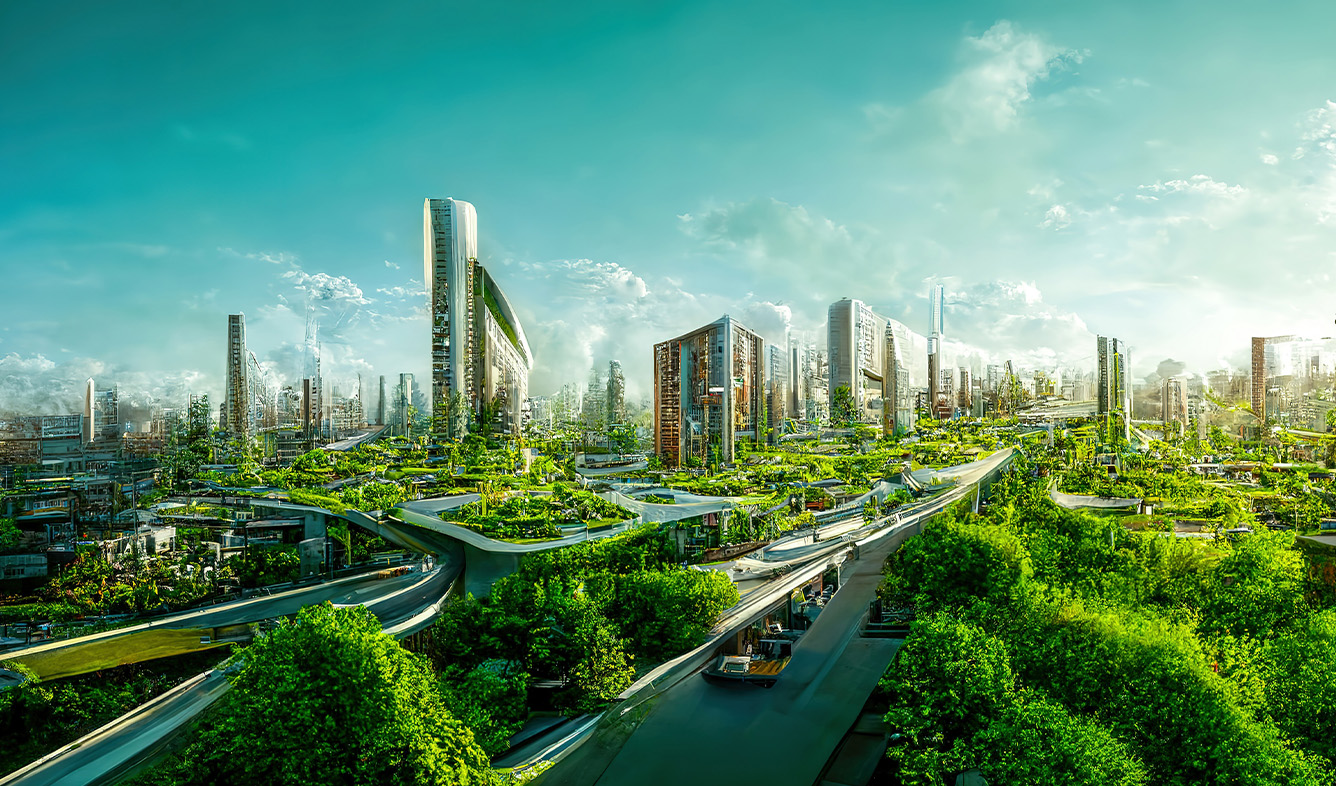Circular Cities: Sustainable Future
As urban populations grow, the pressure on sustainability and development increases. This presents a perennial challenge and raises a critical question: How should cities develop?
Answers could lie in the principles of a circular economy—an economy that offers inventive solutions to urban development challenges, whose aim is to reduce waste and create opportunities for the reuse of resources.
Circular Principles in Urban Spaces
So, it is not just the waste management in the strategies of a circular economy in urban development; rather, it encompasses the sustainable designing of buildings and public spaces right from the grass-root level. They include construction using recyclable materials, an approach to the design with long life cycles of the buildings, and taking to technology that will make buildings “smart” and more energy-saving. Cities like Amsterdam and Copenhagen are taking the lead, proving to the world that urban settings are designed closed loop—cities that recycle, reuse, and reduce resources.
From Waste to Resource
The continuous development of circular urban areas, by all means, waste is considered valuable. Further innovations in waste management include urban waste being used not only as recycled products but also as a power source and the manufacture of new materials.
This has been exemplified in places such as San Francisco, whose waste management programs convert most of its landfilled waste into compost for agricultural use.
Technological Innovation and Community Involvement
Technology is truly at the heart of enabling cities to have a circular economy. This could be from IoT devices enabling optimization of energy use in a household to applications for the sharing and reusing of items to increase efficiency and sustainability.
Engaging the community with policies that encourage recycling and the conservation of resources is vital. Public awareness campaigns and incentives can help motivate the residents to play an active role in their city’s circular strategies.
Challenges Ahead
But there are barriers that come in the way of moving towards a circular urban economy. These may include economic barriers, starting from capital costs of new technologies and systems, to reorganization of regulations that support new business models and consumption patterns.
The circular economy represents a promising path for sustainable urban development. In this respect, rethinking how resources are used and what the community role is in ensuring sustainability may find cities embracing resilience as their approach, making environmental friendliness one of the defining city traits. This requires, however, cooperation between policy makers, businesses, and citizens, but it does hold a greener, sustainable future for urban places.
Author







